Image Gallery: A Rainbow of Fall Leaves
A Cornucopia of Color

From buttery yellow to amber orange and burgundy red, leaves are beginning to turn brilliant hues all across the United States, heralding the arrival of fall as a chill fills the air. To celebrate this seasonal change, we've created a gallery displaying a rainbow of fall leaves.
All Ablaze
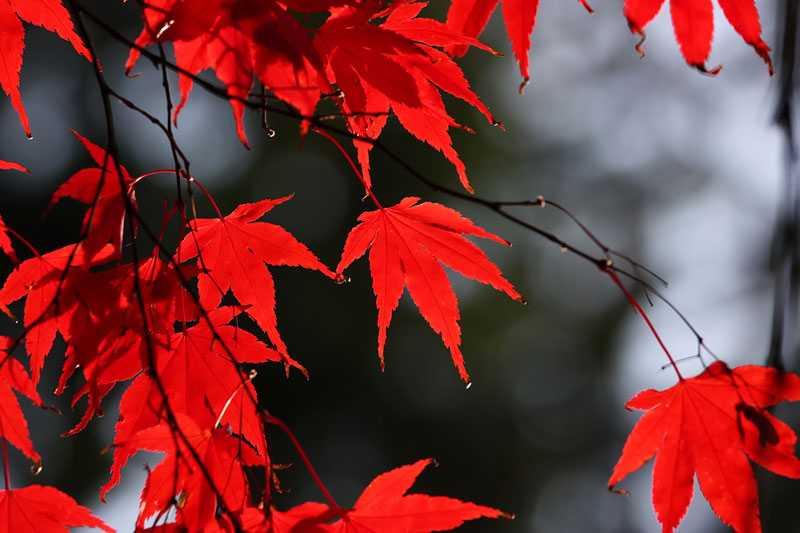
Japanese red maple trees are famous for their beautiful, blazing red foliage. However, they don't start that color, showing off a bronze or green hue during the summer, before turning a deep scarlet when fall rolls around.There are some varieties of red maple trees that show red during the summer and turn purple in autumn.
Creeping Crimson Ivy
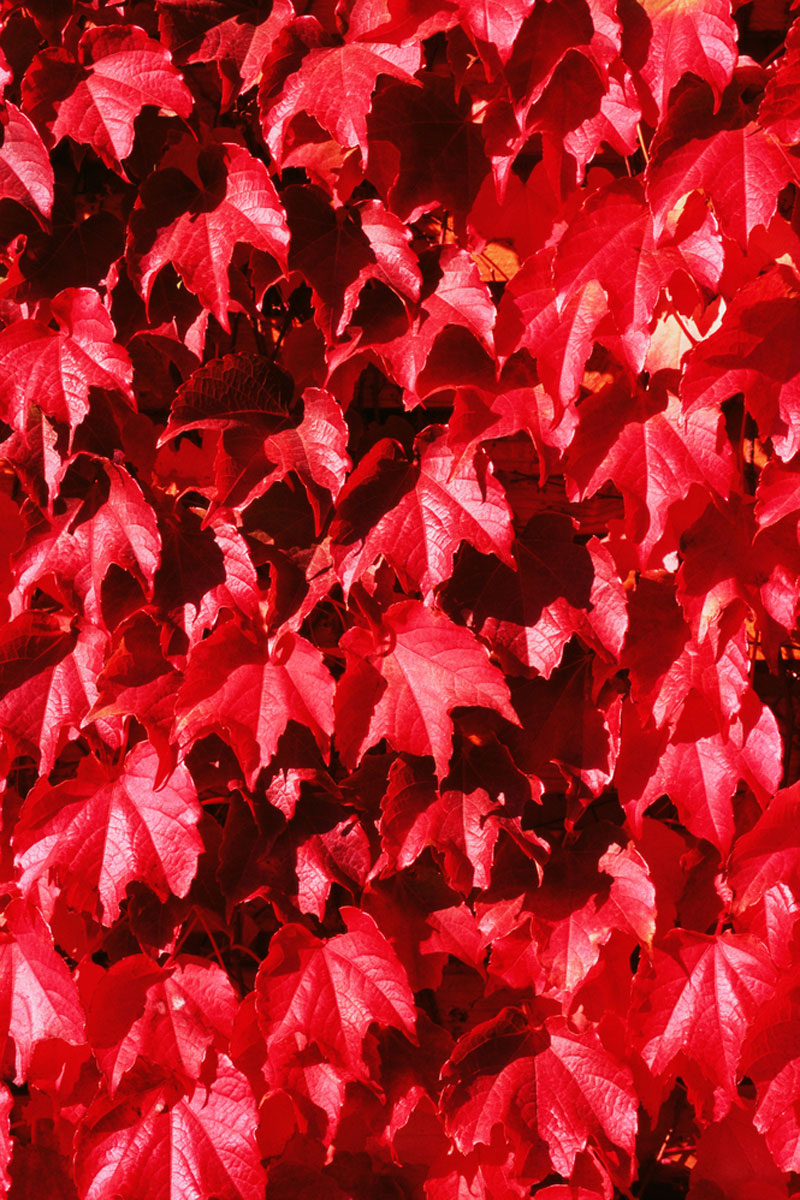
While most ivy remains a deep green color in the fall, some varieties of ivy, such as Boston ivy, take on a rich crimson hue. The above ivy's saturated, bright red pigment is so intense that it rivals the autumn colors of maple.
Colorful Carotenoids
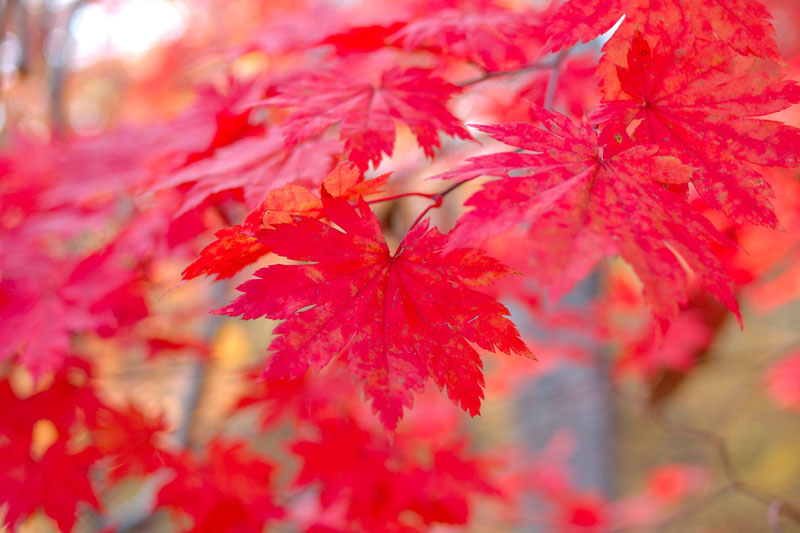
As temperatures begin to drop and the days get shorter, trees' leaves stop making chlorophyll, the pigment responsible for leaves' bright green hue during the spring and summer months. It allows them to capture sunlight and make energy. As trees shut down chlorophyll production, their orange and yellow pigments, called carotenoids, begin to show through and take center stage.
Burnt Orange
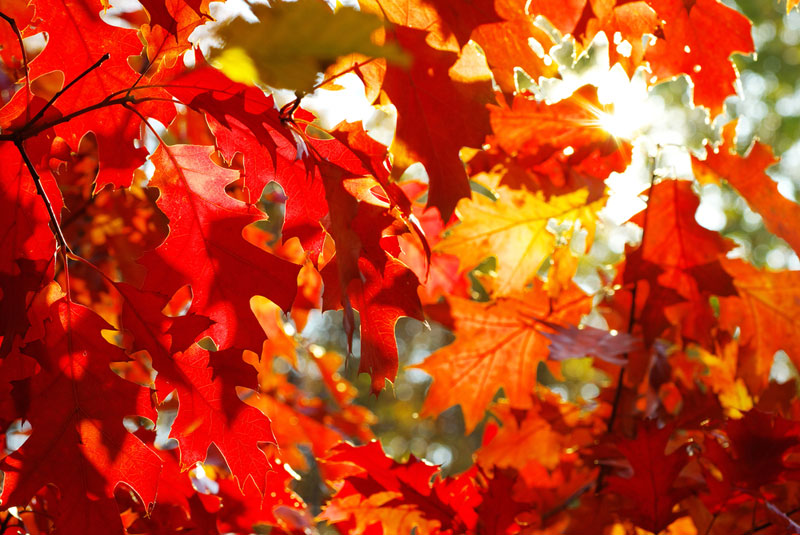
Some varieties of Japanese red maple trees, such as the Oshio beni, turn an orange-tinged red as chilly temperatures creep in. Their red and purple colors come from pigments called anthocyanins. Unlike carotenoids, leaves only produce anthocyanins in the fall.
Pumpkin Shades
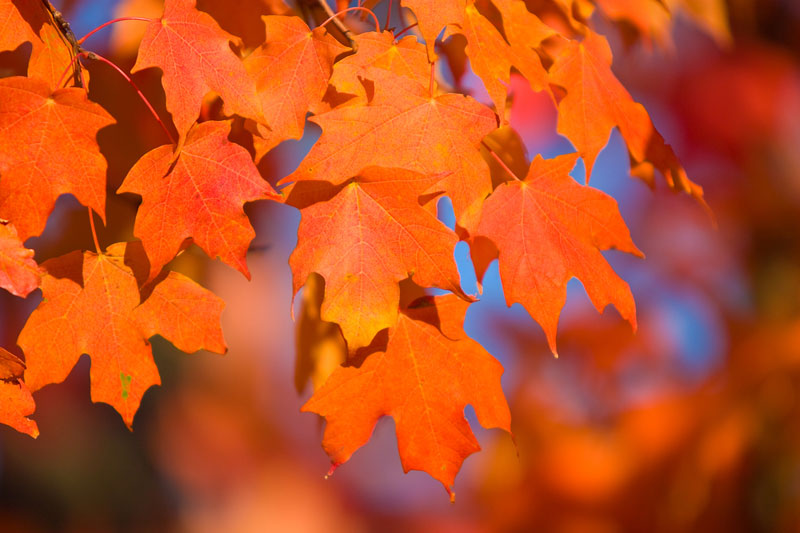
Carotenoids are responsible for the pumpkin-like shades adorning this maple tree. Carotenoids also give carrots, sweet potatoes, apricots — and yes, pumpkins —their orange color.
Sweet Amber
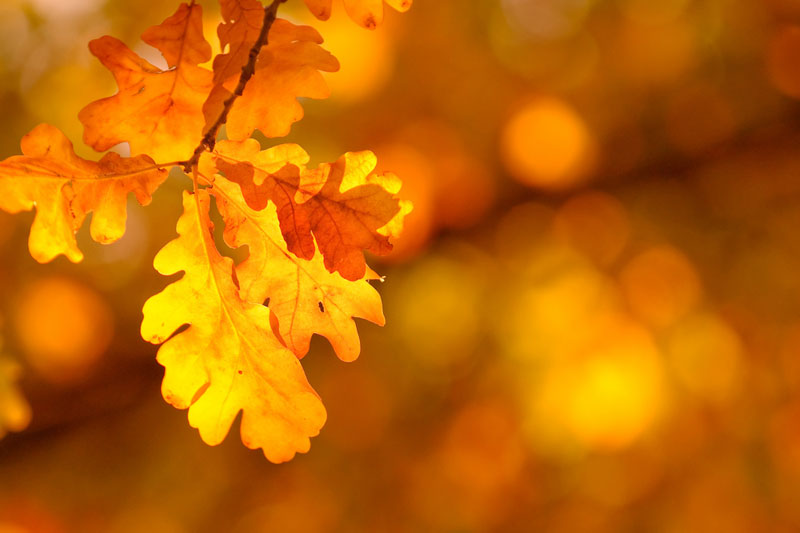
The leaves of this oak tree turned a deep honey hue. Some oaks trees, including the Southern red oak and the scarlet oak, turn crimson, while others, such as the white oak, turn orange during the fall.
Get the world’s most fascinating discoveries delivered straight to your inbox.
Butterscotch
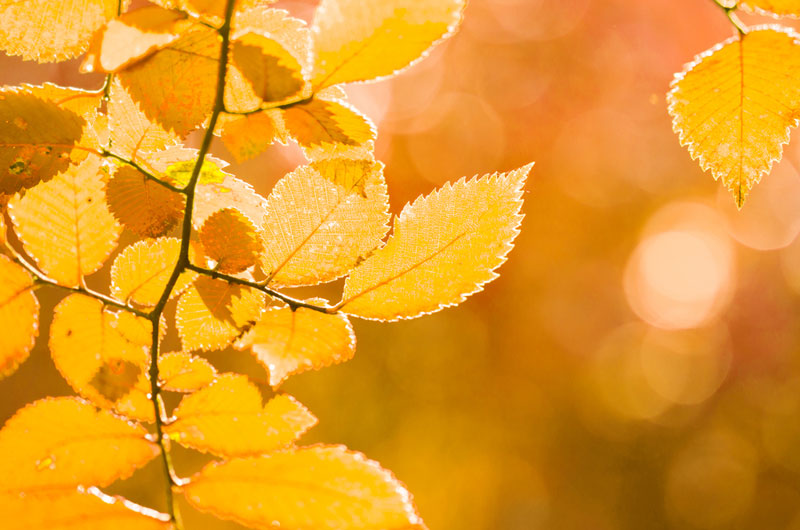
The American beech tree, which grows in the southern and eastern parts of the United States, sports yellow colors in the fall. As winter approaches, the yellow turns to orange. Another hardwood tree, the yellow birch, found in the higher elevations of the Smoky Mountains along the Tennessee–North Carolina border, also turns yellow in autumn.
Golden Yellow
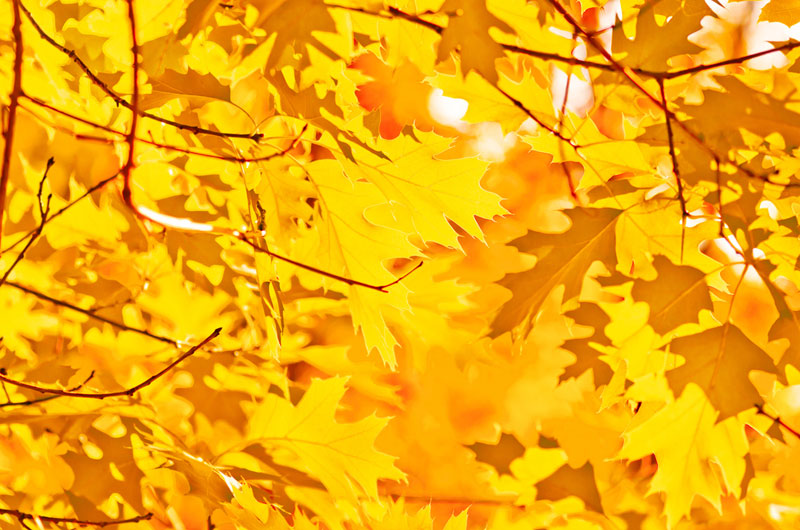
Some maple trees, including the sugar maple, Florida maple and black maple (named for the color of its bark, not its leaves), take on a yellow hue for the fall season.
A Buttery Glow
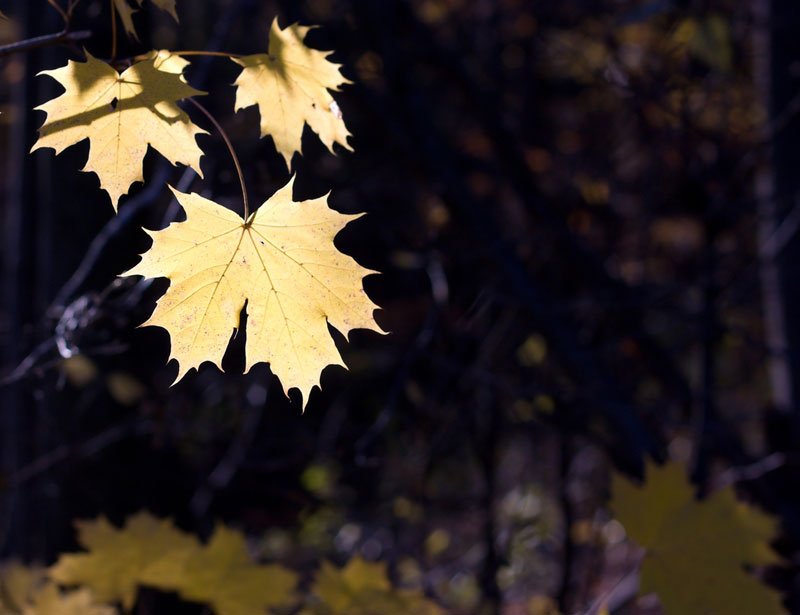
The Norway maple is native to eastern and central Europe and southwest Asia, but can be found throughout the northeastern United States. Depending on the variety, the tree's leaves turn yellow, orange or red in the fall.
Lemon-Yellow Branch
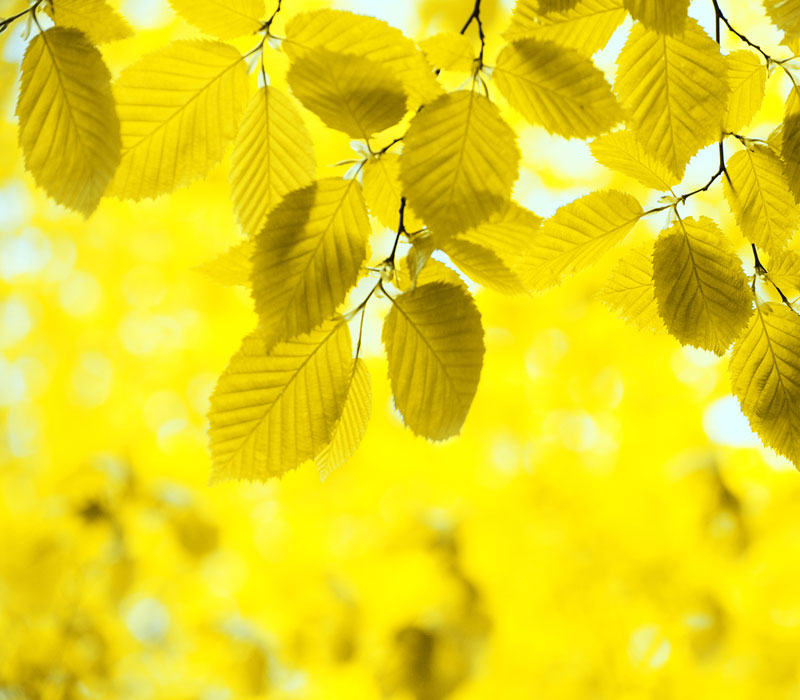
While the fall foliage in North America and East Asia mostly consists of blazing red and fiery orange hues, the autumn leaves in Europe are mostly yellow in color. [Why Fall Colors Are Different in U.S. and Europe]


